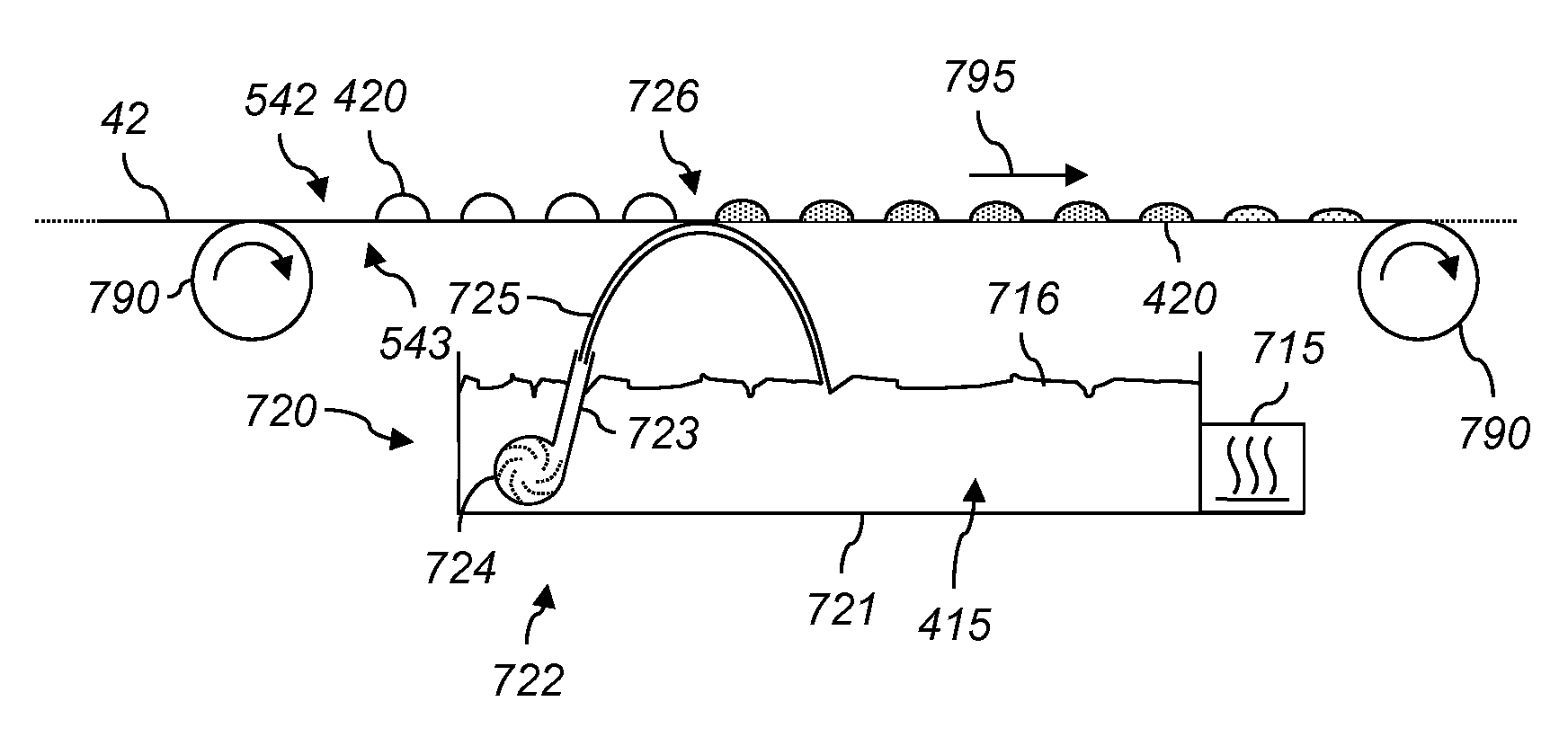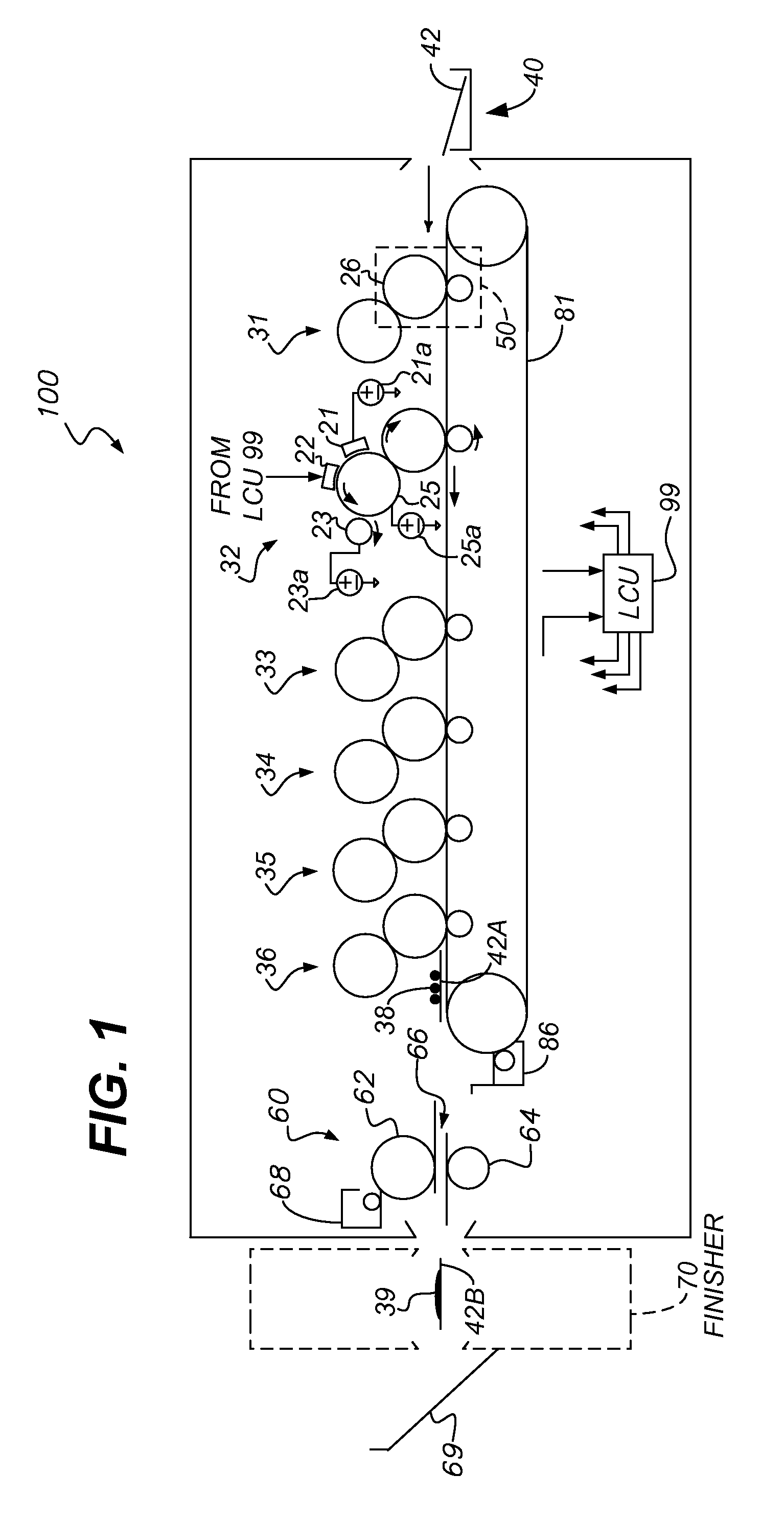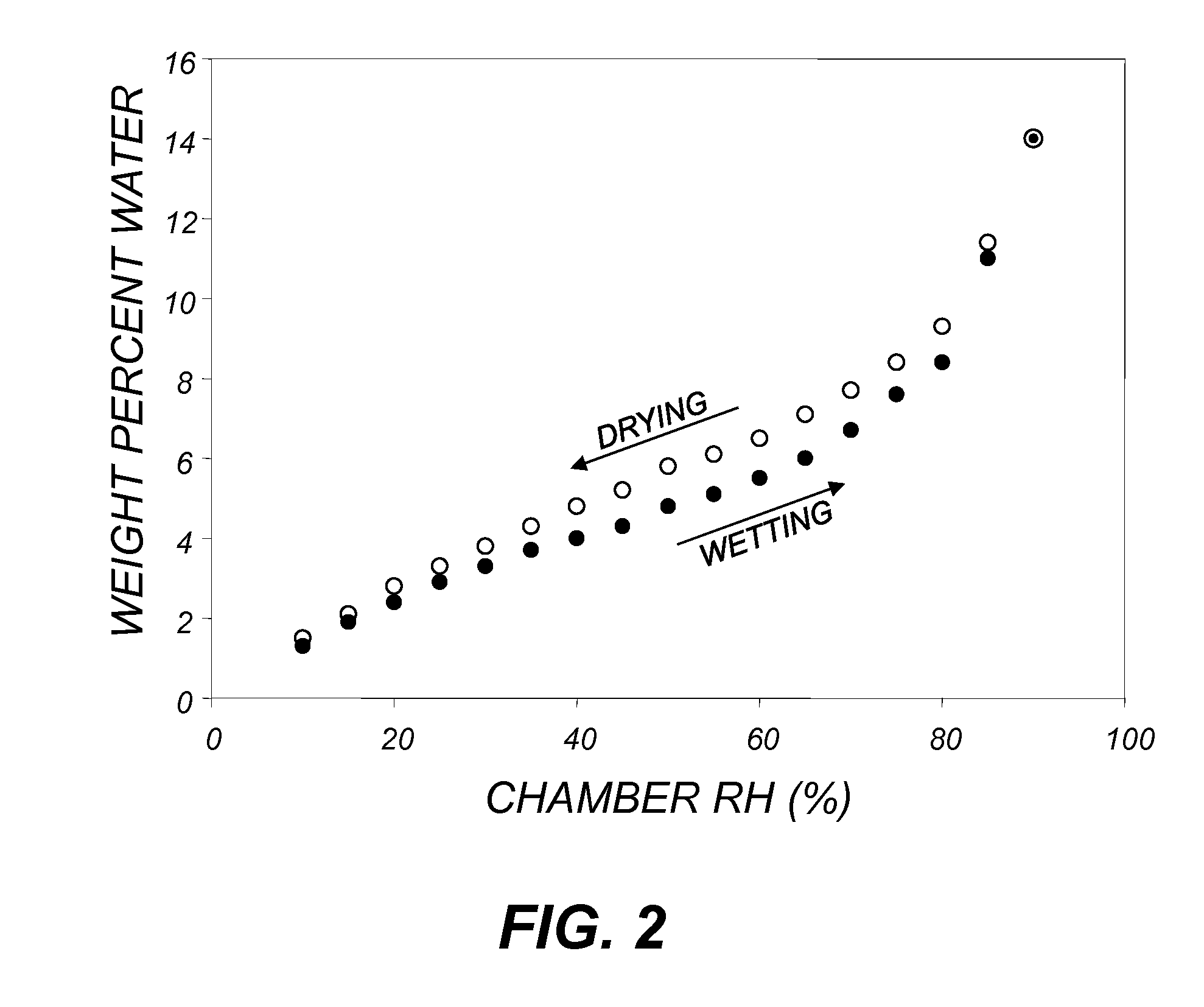Applying heating liquid to fix toner
a technology of heating liquid and toner, applied in the field of toner fixing, can solve the problems of reducing the heat transfer efficiency of air, slowing down the fixing process, and limiting the heat transfer ability of air, so as to reduce deformation, etc., and achieve the effect of effective fixing toner on the receiver medium, effective heat transfer rate, and reducing the probability of blistering and other faults
- Summary
- Abstract
- Description
- Claims
- Application Information
AI Technical Summary
Benefits of technology
Problems solved by technology
Method used
Image
Examples
Embodiment Construction
[0024]Electrophotographic (EP) and other toner printing processes can be embodied in devices including printers, copiers, scanners, and facsimiles, and analog or digital devices, all of which are referred to herein as “printers.” A digital reproduction printing system (“printer”) typically includes a digital front-end processor (DFE), a print engine (also referred to in the art as a “marking engine”) for applying toner to the recording medium, and one or more post-printing finishing system(s) (e.g., a UV coating system, a glosser system, or a laminator system). A printer can reproduce pleasing black-and-white or color visible images onto a recording medium. A printer can also produce selected patterns of toner on a recording medium, which patterns (e.g., surface textures) do not correspond directly to a visible image. The DFE receives input electronic files (such as Postscript command files) composed of images from other input devices (e.g., a scanner, or a digital camera). The DFE ...
PUM
 Login to View More
Login to View More Abstract
Description
Claims
Application Information
 Login to View More
Login to View More - R&D
- Intellectual Property
- Life Sciences
- Materials
- Tech Scout
- Unparalleled Data Quality
- Higher Quality Content
- 60% Fewer Hallucinations
Browse by: Latest US Patents, China's latest patents, Technical Efficacy Thesaurus, Application Domain, Technology Topic, Popular Technical Reports.
© 2025 PatSnap. All rights reserved.Legal|Privacy policy|Modern Slavery Act Transparency Statement|Sitemap|About US| Contact US: help@patsnap.com



